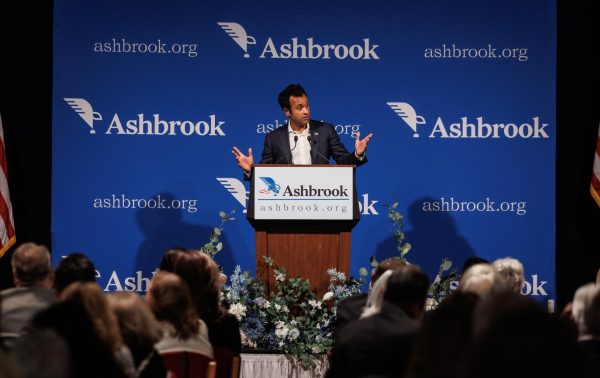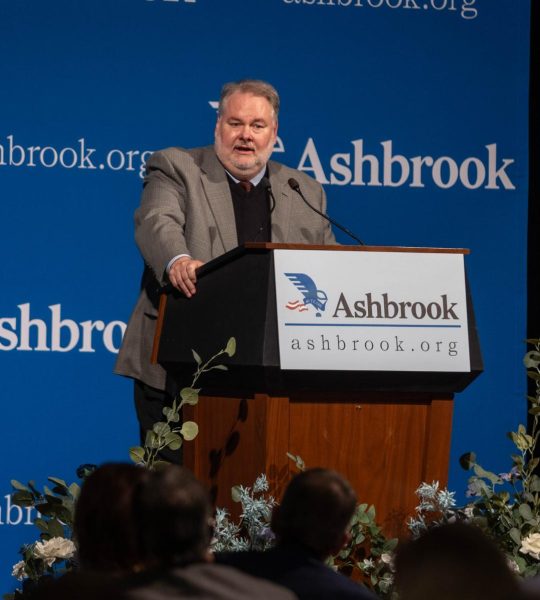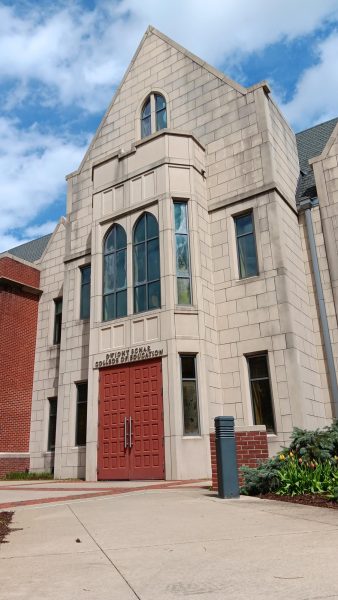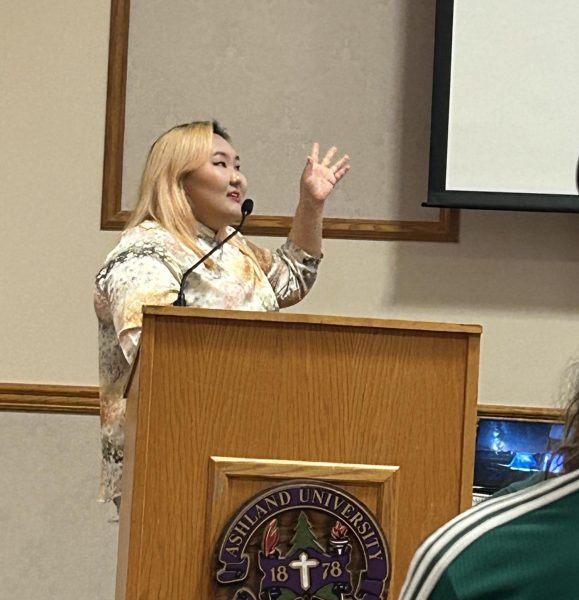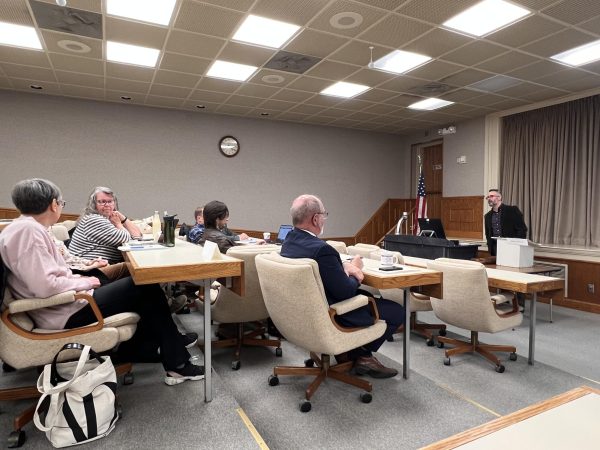Institutional prioritization process well under way
August 31, 2014
With the intrigue surrounding interim President William Crothers’ arrival on campus and the change his arrival signals, it is easy to forget the process of righting the University has been underway since May.
That is when the Board of Trustees launched the prioritization process to evaluate every aspect of the university.
“Ashland University has an incredible tradition and history of which it should, and is, extremely proud,” Interim Provost Doug Fiore said.
“I don’t see the institution ever needing to part ways or separate itself in any way from that history and those traditions because it’s truly a great institution. [However] like all organizations, sometimes they grow, certain areas grow more than others, some areas end up shrinking more than others and unless you take a look at the entire institution and all of its operational priorities, before you know it you’re not headed in the right direction or you don’t know what direction you’re headed in.”
This process will be conducted by several work groups divided primarily between the academic and the non-academic sides of the university.
The academic work groups will examine everything from teaching loads and organizational structure to specific academic programs and services.
The non-academic work groups will use a similar process in their examination of aspects such as student services and the finance office.
“These work groups have a template that they will be following to analyze, to do a self-study in effect and every function and every academic program will be prioritized and placed in one of 5 categories,” Crothers said. “The top one being we are going to invest more money there, and the bottom one being we’re going to discontinue doing that.”
Following each work group’s assessment, a report will be passed onto a subcommittee, which then goes onto a strategic review committee, made up of board members, administrators and faculty, which will make final recommendations to the Board of Trustees.
In addition, different groups on campus, such as Faculty Senate or individual departments will have the opportunity to make their own assessments, to be included with the working group’s assessment.
This process is done through the lens of a new vision statement for the University.
This Vision for Renewal, found on the AU website, reads, “Ashland University aspires to provide a transformative learning experience that cultivates the mind and ennobles the heart, and that enables students to enrich the professions, promote the public good, and thrive in the broader world.”
“Our Board of Trustees did a lot of hard work right before I got here and they adopted a vision statement for us as we go through this process of doing an academic and institutional prioritization,” Fiore said. “The Board of Trustees is very involved in helping us figure out how to align ourselves with that vision statement they adopted.”
Fiore also said he will be working very closely with Tom Whatman, the chair of the academic side of the review, while simultaneously providing academic leadership to the deans, department chairs and faculty at AU throughout this process.
There is a sense of optimism among the interim university administrators that this process will leave Ashland prepared to thrive in the coming years while retaining the core principles that have guided Ashland University in the past.
“At the end of the day though,” said Fiore, “what it comes down to is you, as a student, came to Ashland University for a reason. Those collective reasons are what we need to pay attention to and strengthen as we move forward.”



